The last step in an ISO certification process is an external audit by a certification body. Most companies tend to get nervous about this part as they feel they are not fully prepared for the audit. However, you can always enhance your preparedness just like any other exam. This article will discuss the steps of the ISO 9001 external audit. Stay with us iso 9001 certification australia in the rest of this article.
Role of an ISO 9001 auditor
Before your official audit begins, the external auditor will go through some activities or checks to prepare for the upcoming external audit. He or she will check your organisation’s website to familiarise yourself with how the company operates.
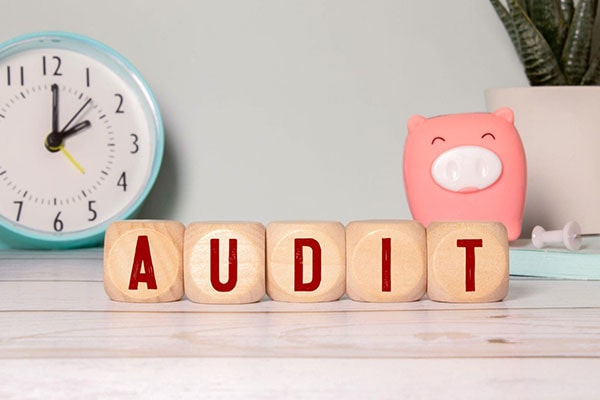
The auditor will also go through any publicly available information. Based on their findings, an audit checklist will be created to provide structure and discipline to ask the relevant questions during the audit. The checklist also ensures that the organisation follows the standard’s requirements and has a place to store information.
ISO 9001 audit plan
Before conducting the ISO 9001 audit, the external auditor will have a conversation with you about the requirements of the audit plan. He or she will explain the core of the ISO 9001 certification process.
During this meeting, the audit criteria will be sent, which means that the details of your Quality Management System (QMS), which is being certified, will be reviewed.
You will also get details of the auditors or the audit team, and you will be asked if you will be an observer or participate in the interviews. The full ISO 9001 audit agenda will be discussed, and you will be given an approximate timeline for which parts of your QMS will be audited.
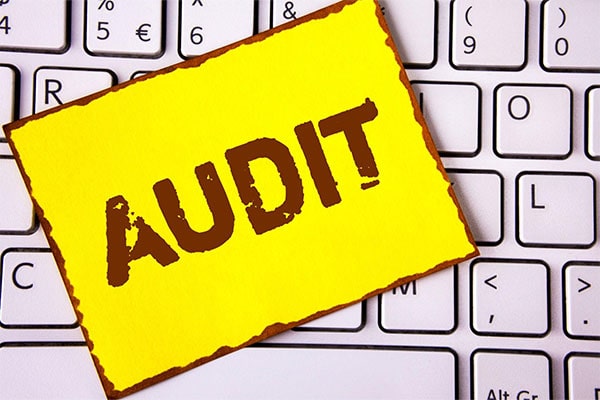
Stage one ISO 9001 audit
The stage one audit is also known as a readiness audit. During this audit, you will have to provide the lead auditor with the scope of your company and the audit criteria. As this is an ISO 9001 external audit, the audit criteria will be the ISO 9001:2015 standard.
Although, in most cases, this is usually a desktop audit, in some instances, the auditor will demand a tour of your plant. During the desktop audit, your context and risk assessment process will be reviewed, and your documented information regarding the QMS will be reviewed.
For your QMS, you will have to provide an organisational chart. The auditor will go through the documents regarding human resources to read about the skills, job descriptions and any training courses held for your employees. On the iso 9001 documentation page, you can see all the documents required to receive ISO 9001. We suggest that you include reading this page in your schedule.
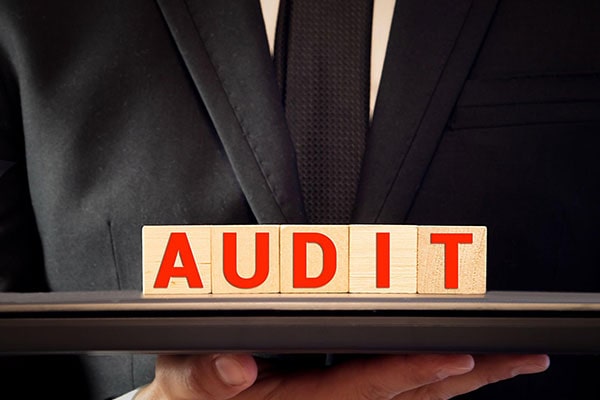
You will also have to provide a list of equipment, equipment maintenance records, calibration certification of equipment, list of suppliers, customer satisfaction reports, management review reports, quality objectives, internal audit reports along with a list of non-conformities. you can learn more about internal audit in an iso 9001 internal audit .
Stage one audit report
After the completion of the stage one audit, the auditor will present an audit report that will serve as a record for recommendations.
It will contain the positive points and areas of concern for your organisation. This report will highlight the areas that do not apply to the standard and review the clauses to ensure that the standard’s documentation has been mentioned.
Stage two audit plan
Stage two audit is also known as an implementation audit. In this stage, the lead auditor will look for evidence that your processes comply with ISO 9001 recommendations.
In the opening meeting, the agenda of the day will be discussed, and the follow-up on the corrective actions from stage one will be analysed.
Ideally, the lead auditor will begin by analysing the “meat of your QMS,” key processes like design and development, operations, purchasing, marketing and sales.
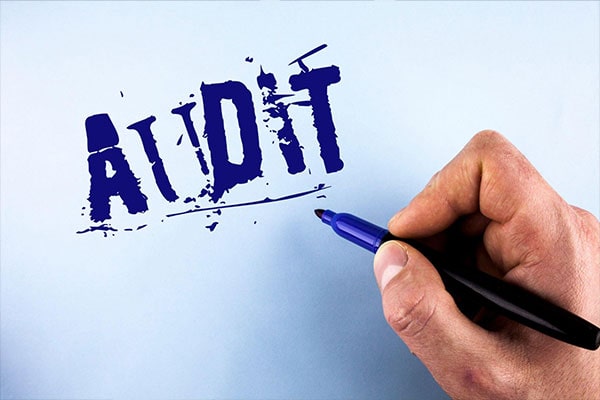
If your organisation is larger, the lead auditor will divide the company into smaller sections so each department can be analysed. The purpose is to analyse how each department handles complaints or potential adverse events.
At the end of the audit, the lead auditor will have a “wash-up meeting” to discuss any non-conformities or concerns regarding the QMS.
ISO 9001 closing meeting
A closing meeting is held to present the audit findings and should be attended by the management and those responsible for the functions or processes of the QMS.
Depending upon the audit findings, the auditor will advise the committee about measures that can be taken to increase confidence in the audit conclusions. If your QMS performs well in the external audit, you will be granted an ISO 9001 certificate.
Conclusion
The auditing process begins with an opening meeting where the agenda of the audit is created. In stage one, or readiness audit, the organisation’s context is reviewed, and in stage two or the implementation audit, the processes of the QMS are checked for compliance.
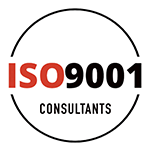
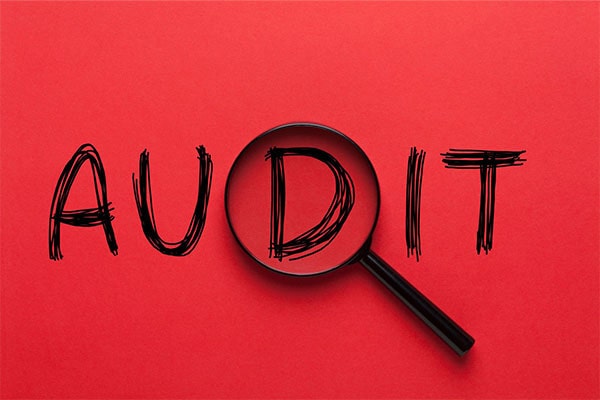


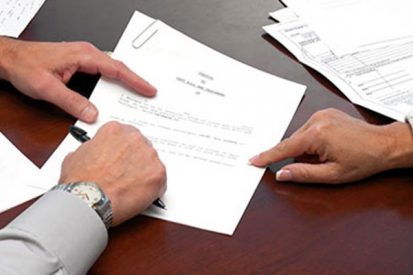
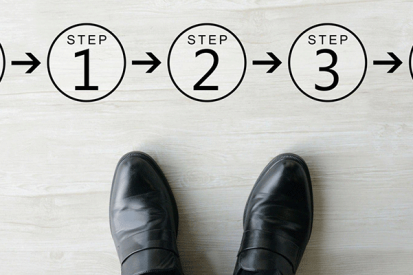




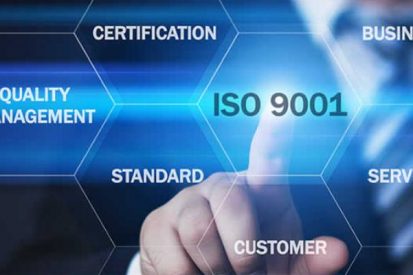


Users Comments
Get a
Quote